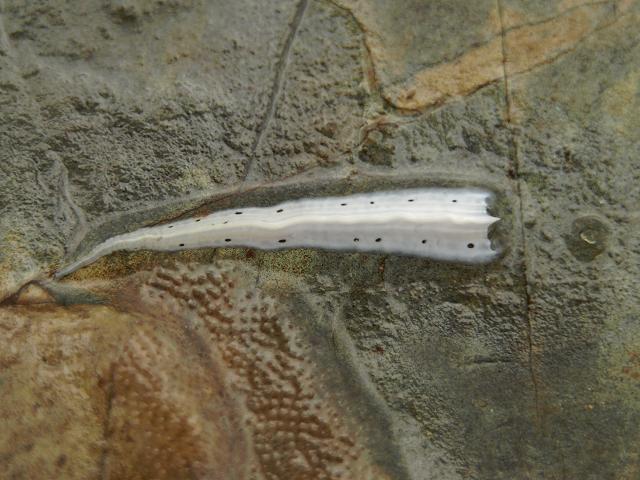
APHOTOMARINE
An educational resource dedicated mainly to the photography
and diversity of marine life that is found in the coastal waters
and rockpools of south-west England. Images by David Fenwick.

Spirobranchus lamarcki (Quatrefages, 1866) - A Keeled tubeworm
Scroll down and rollover titles to change screen image or click on title to view image.
Keeled tubeworm
Spirobranchus lamarcki
- single animal / under rock 1
Spirobranchus lamarcki
- single animal / under rock 1
Keeled tubeworm
Spirobranchus lamarcki
- animal extended from tube 1
Keeled tubeworm
Spirobranchus lamarcki
- under rock 1
Keeled tubeworm
Spirobranchus lamarcki
- under rock 2
Keeled tubeworm
Spirobranchus lamarcki
- under rock 3
Keeled tubeworm
Spirobranchus lamarcki
- under stone / close-up 1
Keeled tubeworm
Spirobranchus lamarcki
- under stone / close-up 2
Keeled tubeworm
Spirobranchus lamarcki
- under stone / close-up 3
Keeled tubeworm
Spirobranchus lamarcki
- worm with ampulla 1
Keeled tubeworm
Spirobranchus lamarcki
- worm with ampulla 2
Keeled tubeworm
Spirobranchus lamarcki
- worm 1
Keeled tubeworm
Spirobranchus lamarcki
- opercular ampulla 1
Very similar species to Spirobranchus triqueter, however this species is more common on the lowershore than S. triqueter. It also has one large and two small keels rather than just one. The point on the front of the animal is extremely sharp so care needs to be taken when lifting stones on beaches where these animals occur. This species is very common and can be found all around the westcountry. Images were taken at Plymouth, Devon and St. Austell, Cornwall.
Species formerly and probably more commonly known as Pomatoceros lamarckii.

The main objective of this website is in furthering environmental awareness and education through the medium of photography. To increase awareness and access to the wildlife of the region and help
people find and identify it. Sometimes the difference between species is obvious but many species can only be determined by observing microscopic characteristics that are specific to any one species.